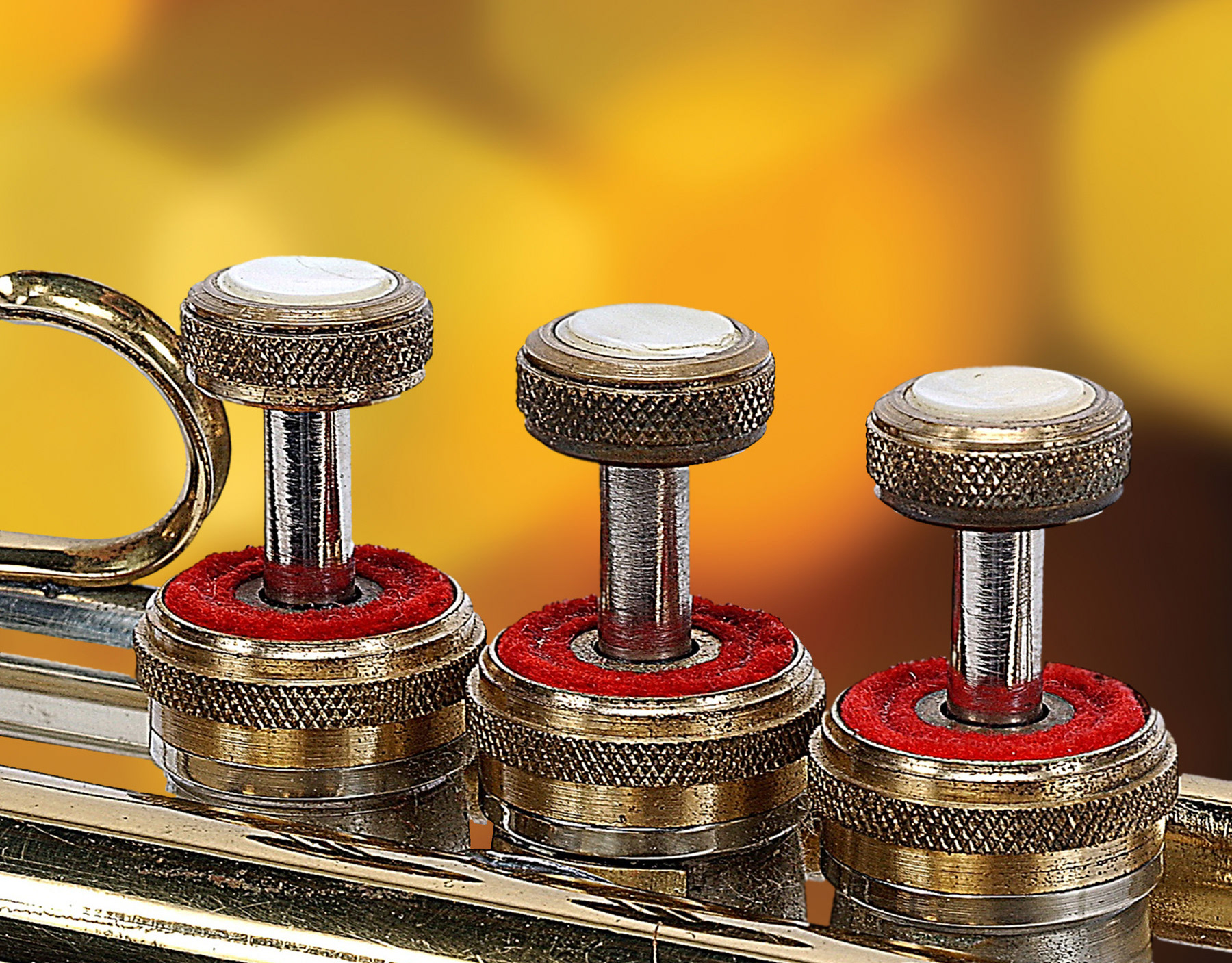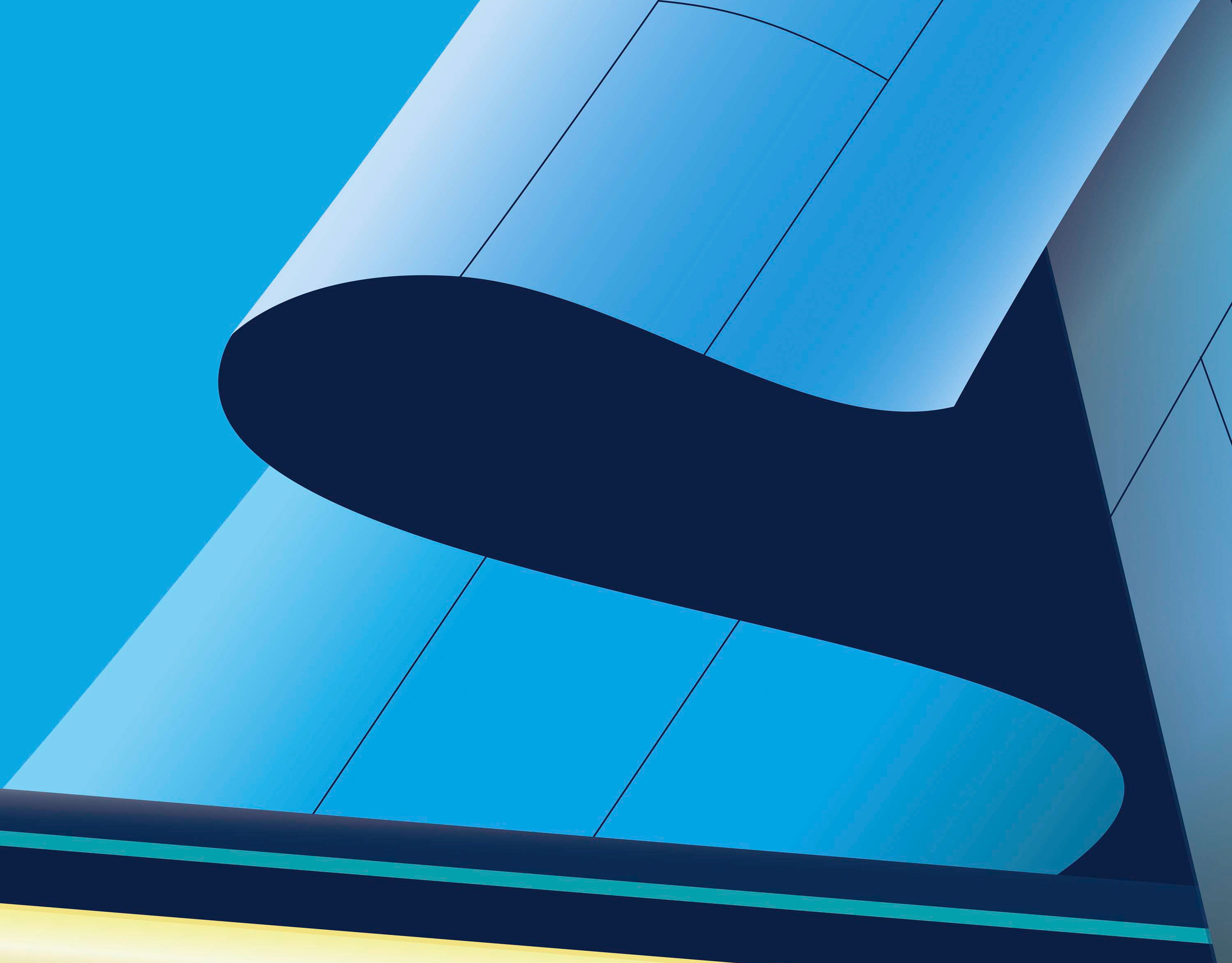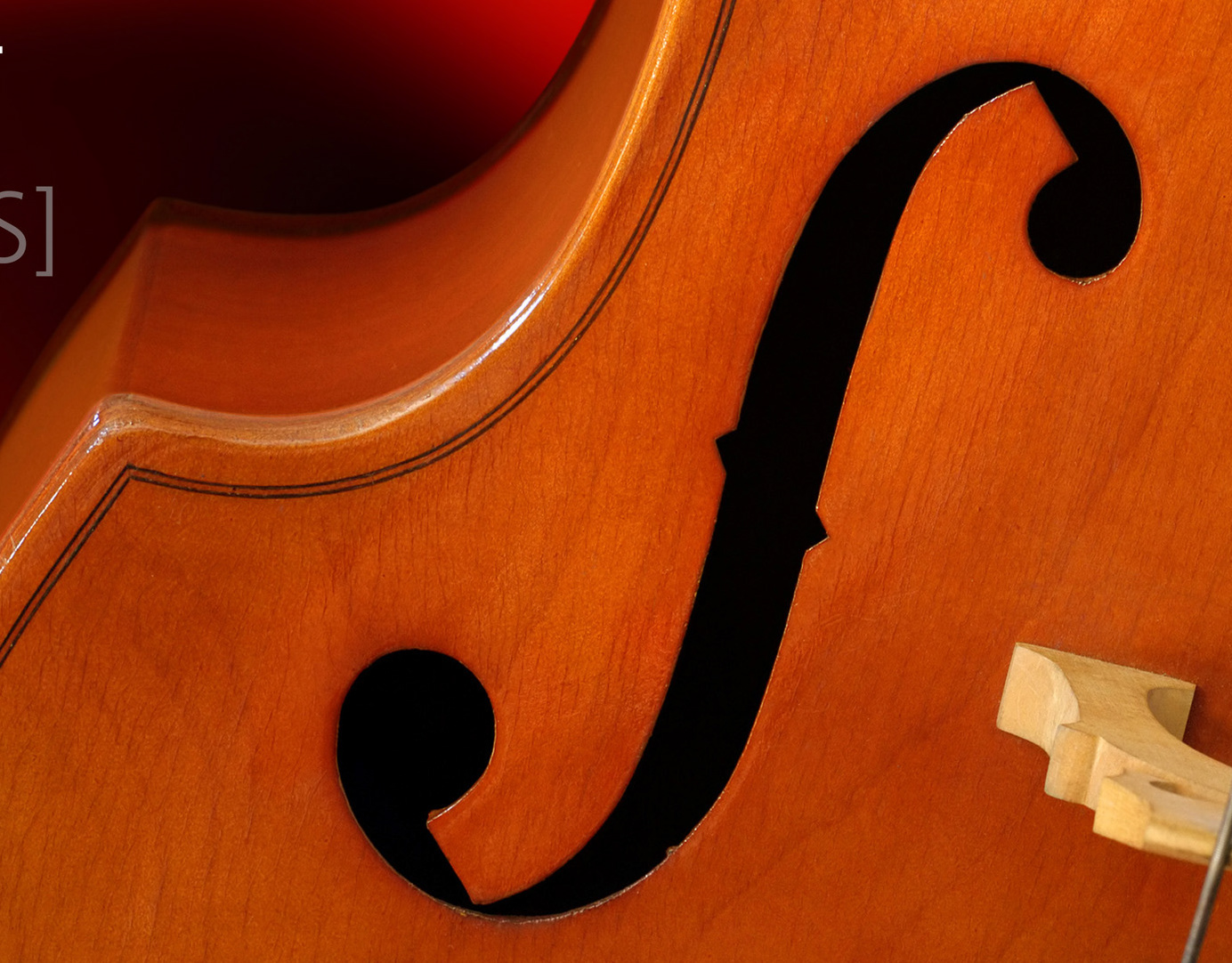Acclaimed as the UK’s finest example of its genre and a building of international significance, this Art Deco gem was built in 1932 to a design by William Thornley. 10,000 tonnes of sandstone was excavated to create The Plaza and the adjoining Plaza steps.
This beautiful Grade II listed, covered market hall is at the historic heart of Stockport’s Old Town.
Stockport Market Place is one of the last remaining traditional street markets in the North West and after 750 years in business, it is still going strong.
The Town Hall was designed by architect Sir Alfred Brumwell Thomas who had previously designed Belfast City Hall.
It was opened in July 1908. An imposing Italian marble entrance leads to the magnicifent Edwardian Ballroom, which contains a Wurlitzer organ formerly installed in Manchester's Paramount Theatre.
Beside the M60 motorway is the Stockport Pyramid, a distinctive structure designed by Maxwell Hutchinson.
It has a steel frame covered with mostly blue glass and clear glass panelling at the apex and was intended to be the signature building for a much larger development planned in 1987.
Built in 1880 for T & J Leigh, cotton and wool spinning. This magnificent building had 120,000 spindles in 1914.
It sports twin six-storey brick built mills with ornamental engine house between, and beautiful blue, cast-iron pillars between the windows on top storey.
The hall dates back to the 15th Century and is a Grade II listed building. It was the home of the Arden family of Bredbury until 1823 when it was sold by William Arden, 2nd Baron Alvanley to pay off debts, and became a bank.
The Library was built in 1913-15 to designs by Bradshaw, Gass and Hope in the Edwardian Baroque style, with the assistance of Andrew Carnegie. The library is of red brick and Portland stone, complete with prominent corner dome with a tall finial. The entrance is offset by one bay along the Wellington Road south elevation.
Situated in the Heaton Moor area, The Savoy Cinema opened 1923, built in the Baroque Style in red brick with white terracotta dressings. After a period of closure, it was fully refurbished, and restored to its former glory, in 2015, now a thriving, sumptuously appointed, independent cinema.
Robinsons Brewery is a family-run, regional brewery, founded in 1838 at the Unicorn Inn in Stockport. The Unicorn Brewery is a traditional tower type and is one of the few such buildings still being used in its original capacity. The Unicorn Brewery still rests on the foundations of the public house on Lower Hillgate in Stockport, Greater Manchester. Combining an impressive heritage with innovation, Robinsons is one the UK’s largest family brewers, boasting more than 300 pubs.
Built to house the offices of Stockport Borough Council, this beautiful 1970’s brutalist structure was transformed for use as the police station in the popular TV series, Life On Mars.
Built to house the offices of Stockport Borough Council, this beautiful 1970’s brutalist structure was transformed for use as the police station in the popular TV series, Life On Mars.
The GPO building is an exciting composition of curved tiled volumes and boxy glass and steel modernism, in a delightfully battered brown and cream. Standing on the A6 in the centre of the town, once home to a warren of postal workers, sorting mail in preparation for the two delivery a day walks.
This was a communication’s hub before they even thought of communications’ hubs!
Wellington Mill was part of the industrial complex of the Marsland family, built on land adjacent to their printing works. The Ward Brothers moved into Wellington Mill in 1895 and stayed until the 1930s. Sarah Ward had opened a hat warehouse in 1848. They were specialists in hat finishing and trimming.
The building we see today is based on a 7½-storey fireproof mill built between 1828 and 1831. It has a semi-circular stair tower projecting from the eastern wall. The privy tower has gone but two additional 7 storey extensions or wings remain next to the stair tower.
Staircase House was originally a cruck timber building with its earliest known surviving timbers dating from 1459–1460. The first known residents were the Shallcross family who owned the House from 1605 to 1730. In 1618 they installed the distinctive Jacobean cage newel staircase, from which the house takes its modern name.
The characteristic of a cage newel staircase is that each of its newel posts extends throughout the full height of the staircase, the four posts and the banisters thus forming a stairwell which is not fully enclosed, but, rather, contained within a cage-like structure. At Staircase House the newel posts were each sawn through, just below the stringer board and just above the handrail. This may have reflected changing tastes, or possibly to overcome the practical difficulties of moving large objects, such as furniture, about the house.
Stockport Art Gallery is an impressive Greco-Roman art gallery and war memorial. The war memorial and art gallery are on Greek Street, opposite the town hall. Built circa 1914-1918, it has a portico and is constructed in Portland stone.
It is the largest brick structure in the United Kingdom. Designed by George Watson Buck for the Manchester and Birmingham Railway and completed in 1840, the viaduct is 33.85 metres high.
At the time of its construction it was the largest viaduct in the world, and it represents a major feat of Victorian engineering and a key pioneering structure of the railway age.
Saint Mary's Church is the oldest parish church in the town of Stockport. It stands in Churchgate overlooking the market place.
A church was on the site by 1190 but of this church only the original oratory remains. Around 1310 a new church was built and only its chancel remains. The rest of the present church was built between 1813 and 1817 to the design of Lewis Wyatt.
Home to the band 10 cc and used by many to create memorable music, including Joy Division, Paul McCartney, Martin Hannett, Neil Sedaka, The Stone Roses, The Smiths and The Syd Lawrence Orchestra.
Home of Stockport County F.C. Founded in 1883 as Heaton Norris Rovers, the club changed it's name to Stockport County in 1890. They joined the Football League in 1900 and moved to Edgeley Park two years later.










